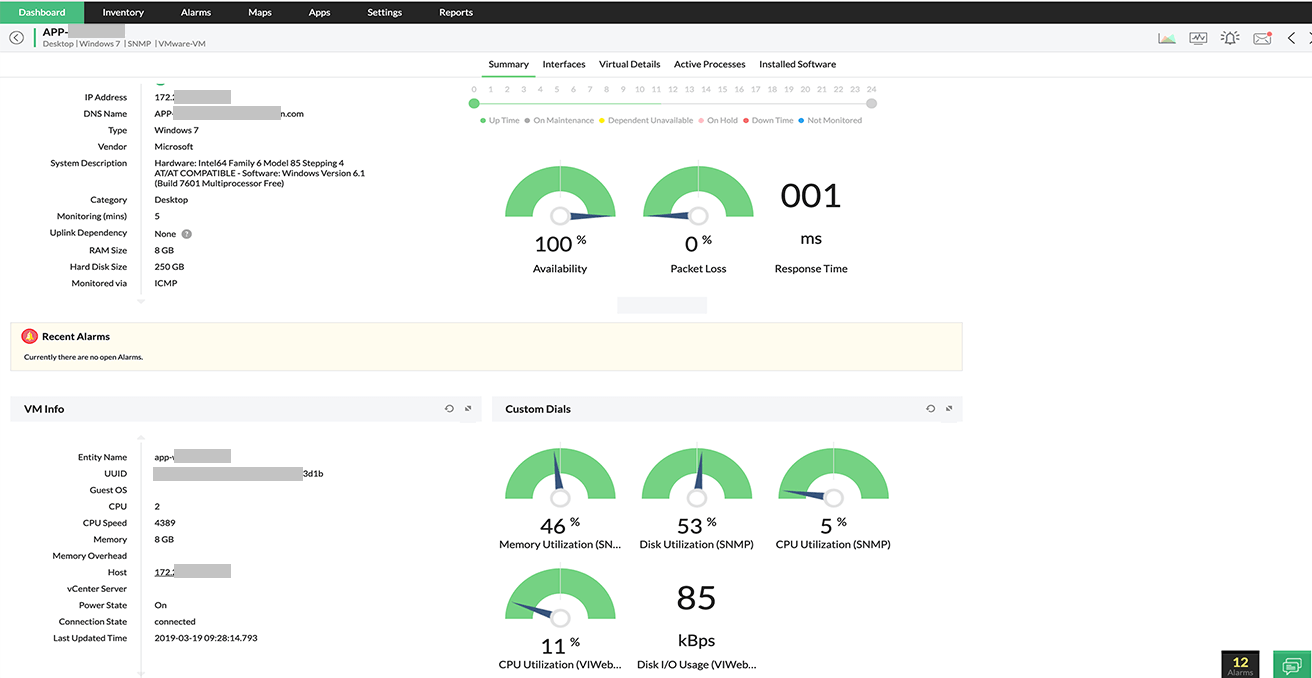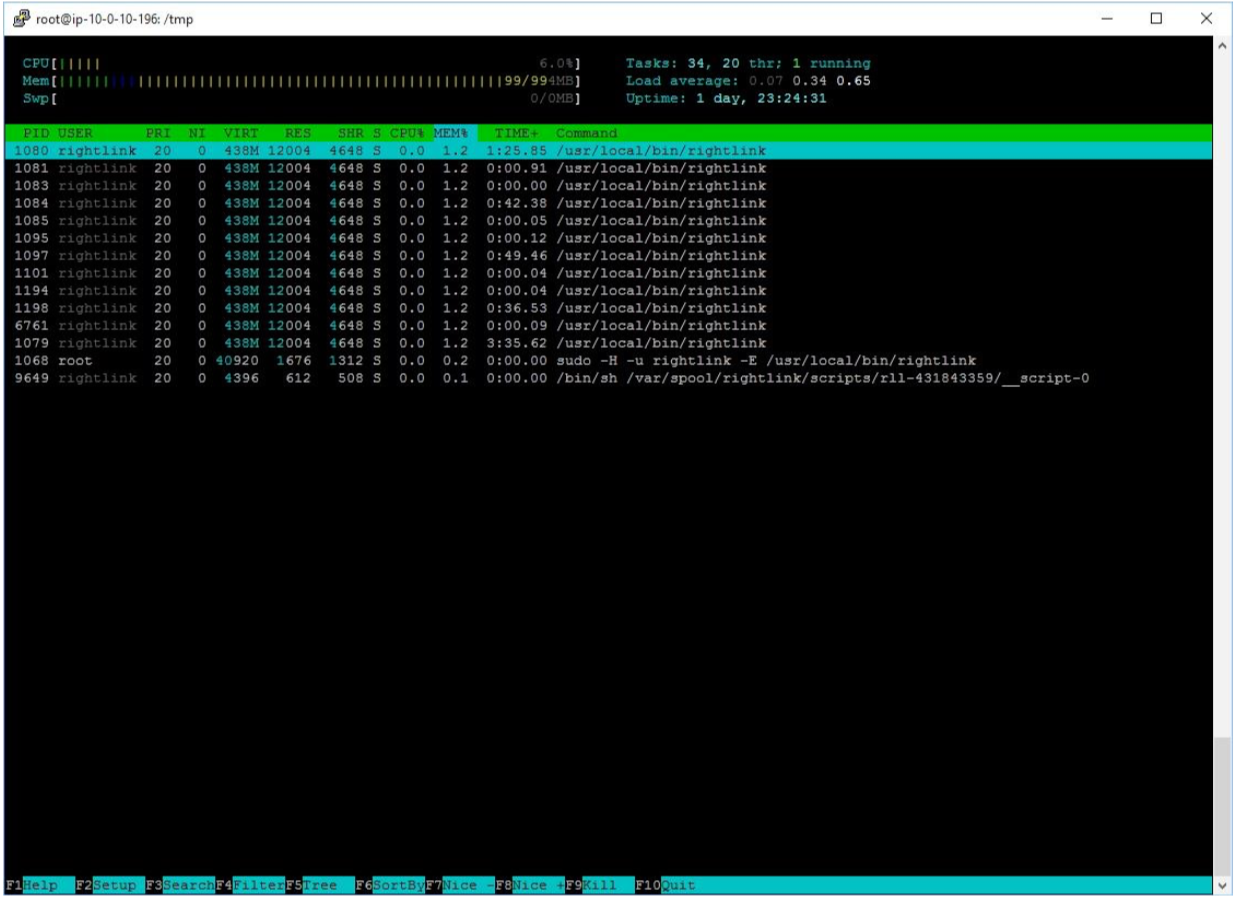

If you press this command, it will return the same information as before about your CPU’s number of cores. In /proc/cpuinfo, use the cat command to display the data you are holding. You may need to install it if the htop command is not native to your system.Īfter you’ve unlocked the terminal, restart it.

By executing top, you will be provided with CPU statistics as well as the amount of RAM and swap that your system uses. The top and htop commands can be used effectively to enable human memory tracking on your server. One excellent way to track your RAM usage is to use a modern monitoring stack such as Prometheus or Grafana. In this example, I have 4 GB of total memory thanks to one RAM slot in the DIMM 0 memory space. The dmidecode output can be useful in learning more about your system’s maximum capacity and how it is distributed. The command may be required to use this one, and you may need to enter your username and password. You can also use the dmidecode command to perform a system dump of all the hardware on your system. The /proc file contains information about the total amount of memory on your system, as well as free memory, available memory, and any buffers or caches that may be used. It is possible that /proc/meminfo is more important than /proc/meminfo to check your RAM. We will go over the various methods of testing your RAM with commands like free and vstat in this tutorial. RAM, or Random Access Memory, is a critical component of a Linux system and must be kept up to date. When configuring RAM in Linux, it is critical to understand how to check it so that you can take preventive steps instead of corrective ones. In this article, we’ll go over the various methods for checking your RAM health in Linux, as well as some of the best tools to use.

Knowing how to check the health of your RAM can help you identify any potential issues before they become more serious, and can help you get your system running smoothly again. This makes it a critical component when it comes to system performance. It is used to store data temporarily while programs are running, as well as to store frequently used programs and data for quick access. RAM, or Random Access Memory, is an essential part of how your computer works. If you have a Linux system, it is important to know how to check the health of your RAM.


 0 kommentar(er)
0 kommentar(er)
